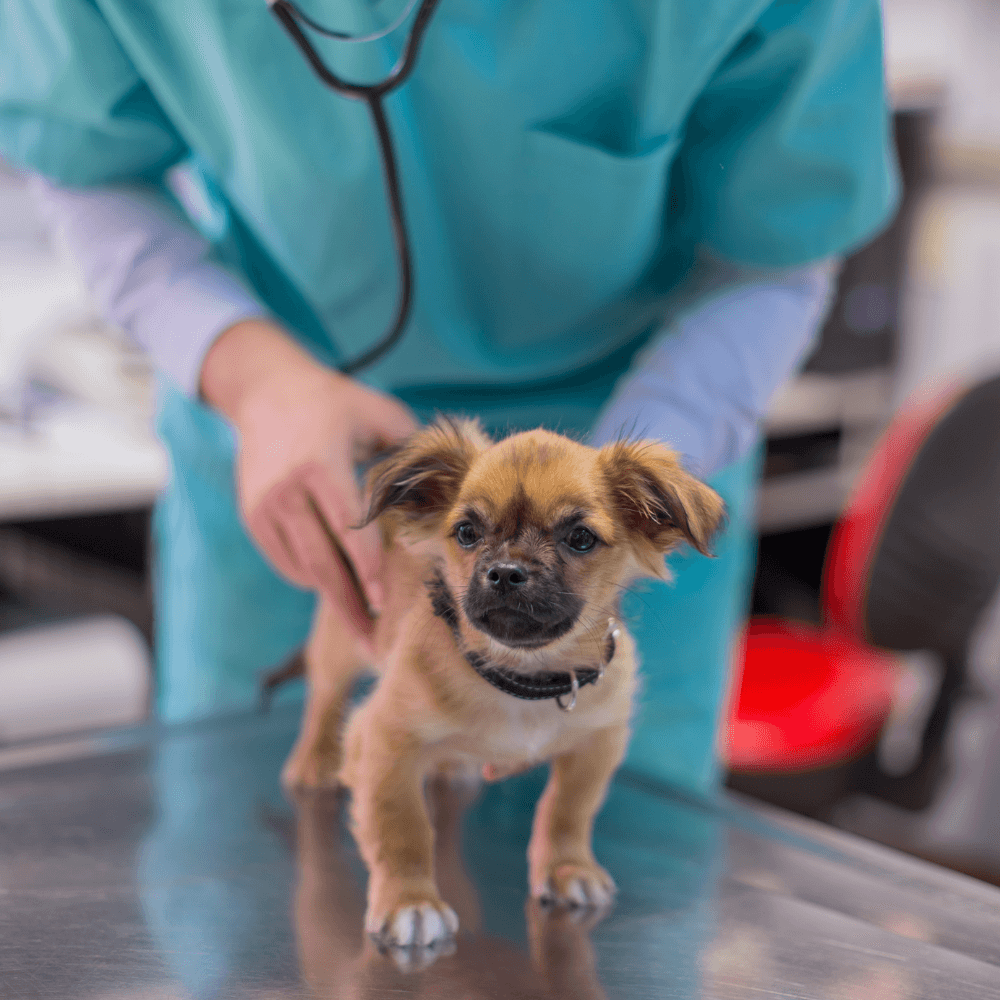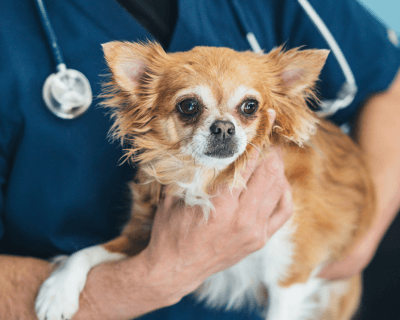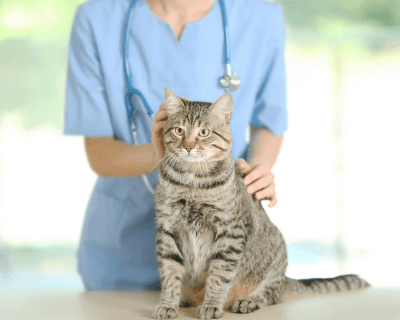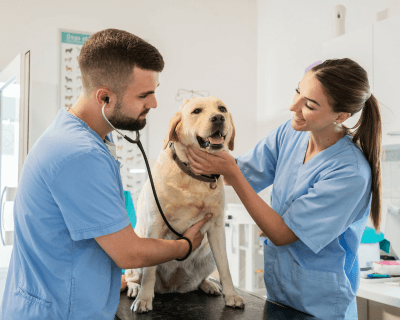Welcome to Private Veterinary Specialties
Your trusted Pet Cancer Specialist
in New Jersey!



Who are we
01
About Private Veterinary Specialties
Private Veterinary Specialties L.L.C provides on-site medical oncology services for veterinarians and their clients at five different locations around New Jersey. This unique approach allows some pet owners to stay with their primary veterinarian’s office while their pet receives cancer care instead of being referred to another facility. Our multiple locations around NJ are strategically placed so that we can cut down travel time for owners.
We provide veterinary cancer consultations, diagnostic procedures, mobile chemotherapy, and immunotherapy. Complete lab services include blood work, flow cytometry, cytology, and histology. Essentially, we bring the specialists to you.
02
What we do
Medical Oncology Services
We seek to provide pet owners with the best possible veterinary care for their beloved furry family members. Our mobile department provides convenience by offering 5 locations, allowing owners to take advantage of our specialist cancer care without needing to travel far.

Immunotherapy
Immunotherapy enhances the pet’s immune system to target cancer cells, using vaccines for a targeted and less toxic approach.

Chemotherapy
Chemotherapy in animals is given at palliative doses, compared to humans who receive curative intent dosing.

Pain Management & Palliative Care
Pain management & palliative care for pets improve their quality of life, alleviate suffering, and support pet owners.
We’ll be with you every step of the way.
We provide on-site medical oncology services for veterinarians and pet owners at five convenient locations around central New Jersey. Contact our experienced team at Private Veterinary Specialties for expert pet oncology with compassionate veterinary care.
